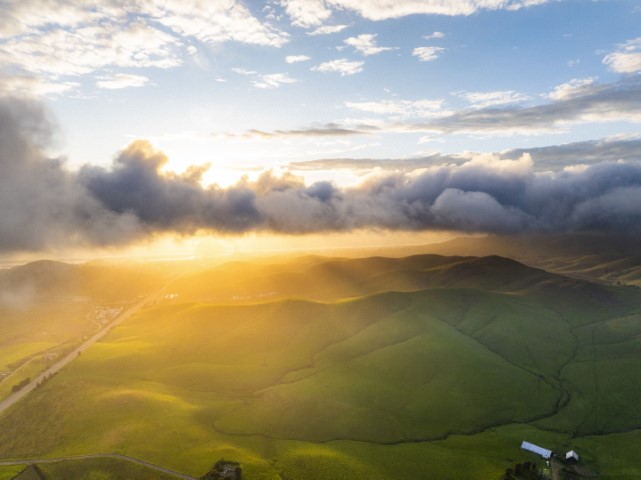Exploring the great outdoors can be a rewarding experience, especially when you come across edible plants that you can enjoy. While foraging for food in the wild may seem daunting, there are several common edible plants that you can easily identify and consume safely. In this article, we’ll take a look at five of these plants that you can find in the wild.
1. Dandelion – Dandelions are one of the most common edible plants found in the wild. Their leaves, flowers, and roots are all edible and can be used in salads, teas, and even soups. Dandelions are rich in vitamins A and C, as well as iron, calcium, and potassium. They have a slightly bitter flavor, so some people prefer to blanch the leaves before consuming them.
2. Wild garlic – Wild garlic is another common edible plant that can be found in the wild. It has a distinct garlic flavor and can be used in a variety of dishes, including salads, soups, and pesto. Wild garlic is rich in vitamins A and C, as well as iron and magnesium. It is best to harvest wild garlic leaves in the spring when they are young and tender.
3. Nettles – Nettles are a common edible plant that is often overlooked due to their stinging hairs. However, once cooked, nettles lose their sting and can be used in a variety of dishes, including soups, stews, and teas. Nettles are rich in vitamins A and C, as well as iron and calcium. They have a slightly grassy flavor that pairs well with other herbs and vegetables.
4. Chickweed – Chickweed is a common edible plant that can be found in the wild. It has a mild, slightly sweet flavor and can be used in salads, sandwiches, and stir-fries. Chickweed is rich in vitamins A and C, as well as calcium and magnesium. It is best to harvest chickweed in the spring when it is young and tender.
5. Wild strawberries – Wild strawberries are a common edible plant that can be found in wooded areas and meadows. They have a sweet, tart flavor and can be eaten fresh or used in jams, jellies, and desserts. Wild strawberries are rich in vitamins C and K, as well as manganese and antioxidants. They are best harvested in the summer when they are ripe and fully red.
In conclusion, there are several common edible plants that you can find in the wild. By familiarizing yourself with these plants and their characteristics, you can safely forage for food and enjoy the bounty of nature. Remember to always properly identify plants before consuming them and to avoid any plants that you are unsure about. Happy foraging!
For more outdoor adventures, don’t forget to check out our Online Clothing store for all your hiking and camping gear needs.

